Right to free food: India will need to carefully do the cost-benefit analysis
An increase in support of free food means cutting back on maybe health, education, infrastructure, military or pension benefits. The government cannot escape these difficult fiscal tradeoffs.
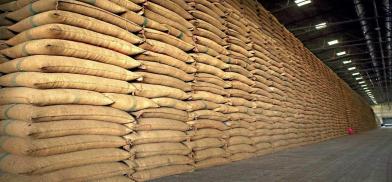
Is the right to food a statutory right, a fundamental right, or a human right? India is a signatory to the 1966 International Covenant on Economic, Social and Cultural Rights from which the right to food is derived. So, this right has elements of being a human right, beyond sovereign borders. India’s own National Human Rights Commission (NHRC) has held it to be a fundamental right, linking it to Article 21 of the constitution (right to life with dignity) along with Articles 39 (a) and 47. The latter, both part of Directive Principles, require the State to provide a right to adequate means of livelihood (Article 39 (a)) and a duty to raise the level of nutrition and standard of living (article 47). The Commission has said that starvation is tantamount to a denial of fundamental rights. It also said that proof of starvation need not mean starvation deaths.
The crisis has to be recognised much earlier. The NHRC called for a paradigm shift in public policy, and to ensure adequate food and nutrition to all citizens as a paramount objective. The prevalence of hunger and distress is to be interpreted as injury and requires that the State be penalised for such a state of affairs. In short, even if it costs a lot to the exchequer, removal of hunger should be a top policy priority.
This view of the NHRC is important in light of the government’s recent decision to extend the free food grain program for another three months. That extra cost will be 44,000 crore. The Pradhan Mantri Gareeb Kalyan Anna Yojana (PMGKAY) would be the longest-running and largest free food distribution scheme in the world, running for 33 months and more if extended beyond December.
The right to food as recognised by India’s international obligation, since it is a signatory to the international covenant does not mean that the food should be given free. But a situation of grave distress manifested through starvation deaths implies that free food is imperative. Twenty years ago, the right to food campaign started in India as an offshoot of public interest litigation in the Supreme Court. That PIL was prompted due to the fact that State granaries then had gigantic stocks of food grain while there was evidence of starvation and malnutrition around the country.
Food for the poor
One of the consequences of the sustained national campaign was that the National Food Security Act (NFSA) was passed in 2013. There were a lot of objections, especially from fiscal hawks who were worried about the huge financial burden. There were objections from cabinet-level ministers as well. The NFSA entitles each household 5 kilos per person per month of rice, wheat or jowar / bajra at 3, 2 or 1 rupees per kilo. One minister had quipped, that since it costs 20 rupees to produce a kilo of rice, and 3 rupees to get it under this Act as a right, why would any farmer bother to produce rice at all? This was not ridicule, but point-ed to the heavy fiscal cost. The NFSA covers three fourth of the rural and half the urban population, i.e. nearly 81 crore persons. The poorest are given 35 kilo of food grain per family per month under the Antyodaya Anna Yojana.
With a steep subsidy there is always the possibility that recipients sell the food in the secondary market. What the PMGKAY did was to extend the food grain completely free. If there was leakage under NFSA surely the possi-bility exists under PMGKAY too. How is that leakage to be prevented?
The PMGKAY was started in April 2020 because of covid. India did not want a livelihood crisis to become a full-blown food crisis. It has served us well, and at a time of food inflation it protects families from food price rises. A direct cash subsidy of a fixed amount does not protect the recipient from food inflation. But the scheme has been extended six times. The latest extension to December 2022, was given because of the upcoming State elections in Himachal Pradesh and Gujarat. There is now ample evidence that PMGKAY has given electoral benefits to the incumbent political party.
Interestingly the current extension was opposed by the finance ministry, owing to the higher fiscal burden. The extension alone will cost 44,000 crores. Cumulatively PMGKAY has cost 4.5 lakh crore to the exchequer which amounts to 2 percent of India’s annual GDP. Owing to rising oil prices the fertiliser subsidy is likely to go up to 2 lakh crore this year, although only 1 lakh crore has been budgeted. The finance secretary was sanguine and confident of meeting the fiscal deficit target this year, since tax collections have been very good. But his statement was made before the cabinet decision to extend PMGKAY. Also, the high advance taxes paid under income tax could lead to a big amount of refunds, which we will know only next year.
Fiscal tightrope walk
The question then is to accommodate PMGKAY, will we be sacrificing something else? It was under fiscal pressure that the government had to launch Agnipath, the short-term military service scheme for non-commissioned personnel. Even the CISF strength has been cut at some airports. An increase in support of free food means cutting back on maybe health, education, infrastructure, military or pension benefits. The government cannot escape these difficult fiscal tradeoffs.
If growth slows down, and tax collection is not as buoyant as expected, and subsidy and welfare spending commitments increase, then how is the circle to be squared? Remember that interest rates are rising, so the cost of borrowing for the government too will go up. The debt to GDP ratio could rise to 95 percent. Interest burden alone could top 7 lakh crore or even higher. At the same time schemes such as free of subsidised food, free mid-day meals for school children, and a nutrition program for pregnant mothers all have human rights and fundamental right element. The beneficiaries have a 'claim' on these.
India is also thinking of going in for universal basic income, which will add to the fiscal burden. Walking the tightrope between free food and other government priorities will be tough.
(The author is a noted economist. Views are personal. By special arrangement with The Billion Press)






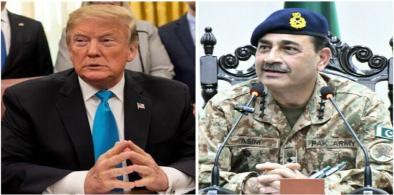
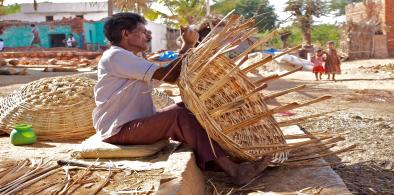
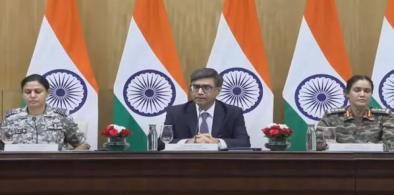
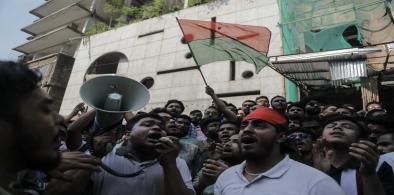
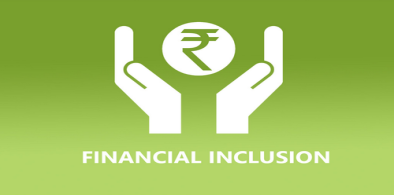

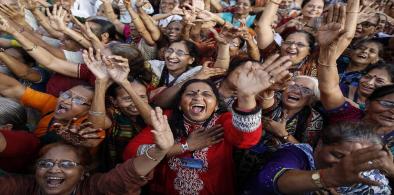
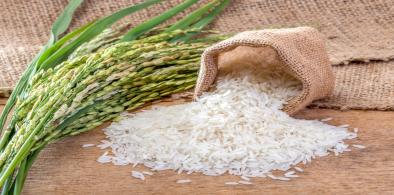






Post a Comment